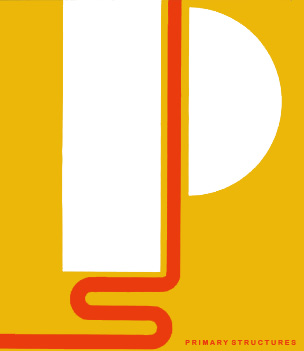Jewish Museum (Manhattan)
 | established = 1904
| location = 1109 Fifth Avenue at 92nd Street, Manhattan, New York
| type = Art Museum
| visitors = 110,000 (2023)
| publictransit = Subway: at 86th Street
| established = 1904
| location = 1109 Fifth Avenue at 92nd Street, Manhattan, New York
| type = Art Museum
| visitors = 110,000 (2023)
| publictransit = Subway: at 86th StreetBus: | website = | architect = C. P. H. Gilbert }} The Jewish Museum is an art museum housed at 1109 Fifth Avenue, in the Felix M. Warburg House, along the Museum Mile on the Upper East Side of Manhattan, New York City. The museum holds a collection of approximately 30,000 objects, including religious artifacts, fine art, and media, making it one of the largest museums dedicated to the Jewish culture worldwide. The museum is known for its expansive cultural and historical scope, staging art exhibitions that center "Jewish heritage and viewpoints while appealing to broader audiences."
The Jewish Museum originated in 1904 with Judge Mayer Sulzberger's donation of ceremonial objects to the Jewish Theological Seminary, later expanded through gifts and works sent for safekeeping from Poland in 1939 due to the outbreak of World War II. The museum was established in the Warburg family mansion, donated in 1944 by Frieda Warburg, and opened to the public in 1947. Originally designed by C.P.H. Gilbert in the châteauesque style, the building underwent expansions in 1959 and 1963.
Appointed director in 1972, Joy Ungerleider-Mayerson oversaw the acquisition of 600 ancient artifacts from Israel and the 1975 exhibition ''Jewish Experience in the Art of the 20th Century''. Under Joan Rosenbaum's directorship (1981–2010), introduced new public initiatives—most notably the launch of the New York Jewish Film Festival in 1992—and completed a major renovation in 1993 by Kevin Roche, who added 11,000 square feet and modernized the facilities for exhibitions and education while preserving the building's Gothic revival character. In 2006, the museum adjusted its Sabbath observance policy by opening to the public on Saturdays. In 2011, Claudia Gould was appointed Helen Goldsmith Menschel Director and served in this role until her retirement in 2023. She was succeeded by James S. Snyder in November 2023.
Throughout its history, the Jewish Museum has made important contributions to the study of modern and contemporary art in the United States. Described as a "leading arbiter of mid-20th-century American art", it played host to the first solo museum exhibitions of painters Helen Frankenthaler, Kenneth Noland, and Ad Reinhardt; introduced Jasper Johns to the broader public through the 1957 ''Artists of the New York School: Second Generation''; staged the first museum retrospective of Robert Rauschenberg in 1963; and presented the influential 1966 exhibition ''Primary Structures'' that helped launch Minimalist sculpture. Provided by Wikipedia




